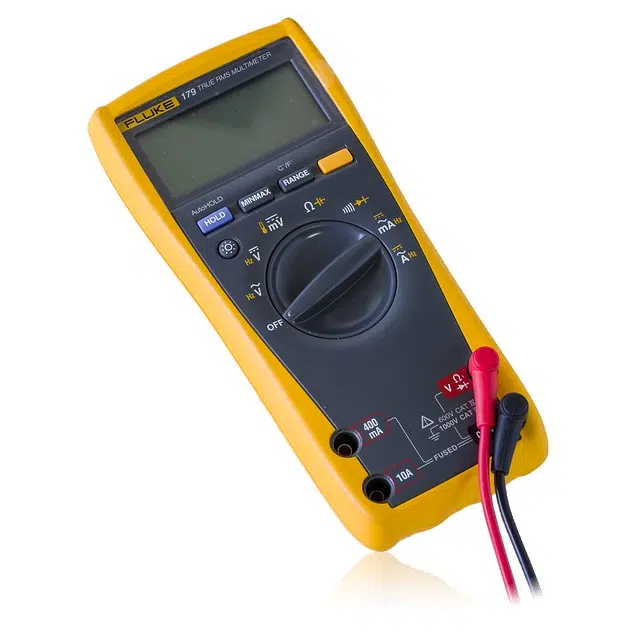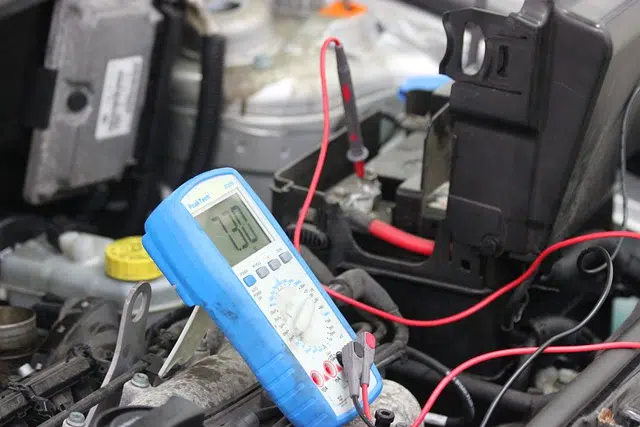
A voltmeter allows you to measure voltage.
A device that allows measuring the difference in potential or voltage that exists between two points belonging to an electrical circuit is called a voltmeter . The voltmeter, therefore, reveals the voltage (the number of volts ).
Voltmeters must have a high electrical resistance so that, when connected to the circuit to carry out the measurement, they do not generate a consumption that leads to measuring the voltage incorrectly.
Types of voltmeter
According to its operation, it is possible to differentiate between more than one type of voltmeter. The digital voltmeter has a screen where it reflects the voltage with numbers. These devices may also have memory and other functions.
The vector voltmeter , for its part, uses microwave signals to indicate the voltage and its phase. The electromechanical voltmeter , finally, has a galvanometer that has a graduated scale with volts.
Differences with the voltmeter and the ammeter
It is important not to confuse the voltmeter with the voltmeter . While the voltmeter measures voltage (electric potential), the voltmeter is responsible for measuring electrical charge. Voltmeters reflect their results in volts and voltmeters reflect their results in coulombs.
There should also be no confusion between the voltmeter and the ammeter , which is the tool used to measure the intensity of the current. The voltmeter, to work, has to be connected in parallel: the ammeter, on the other hand, in series, so that the current passes through it. Its resistance , in this way, must be reduced, and not high as in the case of the voltmeter.

Voltmeters must have a high electrical resistance.
parallel voltmeter
When we talk about placing the voltmeter in parallel , we are referring to the concept of a parallel electrical circuit , and this is defined as a connection in which the input ports of each device (such as capacitors, resistors and generators) are connected. They connect and coincide with each other, as well as their output terminals. If we think for a second about two water tanks, connecting them in parallel would make them share the same inlet, which would feed them both simultaneously, and the same outlet, which would drain them both at the same time.
In order for the voltmeter to be placed in parallel, it must have a resistance inside as high as possible, so that the consumption it produces is not considerable, since otherwise errors could occur in the voltage measurement. .
In instruments that are based on the electromagnetic effects produced by electric current, voltmeters must have thin coils of wire with a large number of turns, thanks to which it is possible to reach the moment necessary for it to move. the indicator needle with a very low value of current intensity. It is worth mentioning that the term moment , in this case, is defined as "a physical magnitude that, while the system changes, remains constant."
Utility of the device
There are digital versions of the voltmeter that are currently used and have a very high insulation capacity thanks to the use of specific circuits of great complexity.
When we want to measure voltages that exceed the limits of a voltmeter (in the case of digital ones, the limit of their electronic circuits ; in the case of the others, their mechanical organs and windings), we must resort to a high value resistor and place it in series with it, so that they simply receive a portion of the total tension.
Anyone interested in repairing or maintaining their electronic devices should have a voltmeter, as it is an essential tool for carrying out preliminary measurements, as well as for checking that the work has turned out as expected.
